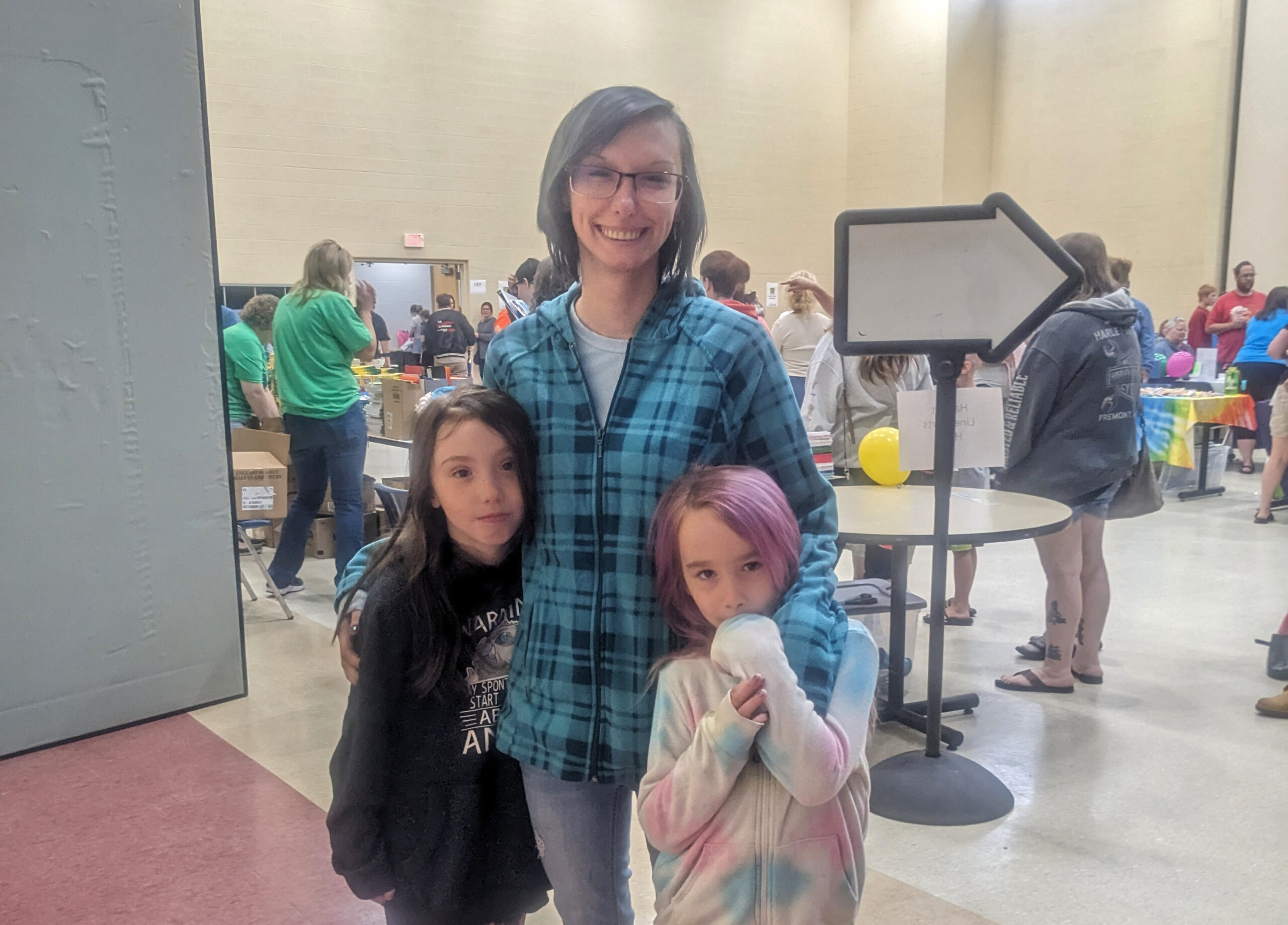New Connections Built
New Connections
Both Community Connections and Camp Newaygo work to build connections and resilience through shared experiences. Combining these two programs at an intergenerational event this month created a fun, unique experience for participants and campers.
Campers and staff from Camp Newaygo’s Spanish Immersion Day Camp came to TrueNorth to gather together for a meal of Mexican street food with Community Connections participants. The campers also shared a camp song in Spanish with the group, showing a snapshot of what they had learned during the week.
Having the Day Campers join Community Connections’ participants for a meal made an impact on everyone involved. “When you spend seven days a week eating alone basically, it’s nice to have somebody to actually eat with–have a conversation,” says Community Connections participant Cindy.
For day camper Lauren, she had fun sharing a meal with new people and the friends she made at Camp Newaygo. While she was nervous singing in front of others, overall she enjoyed the new experience.
“That was really cute…having the kids sit at the different tables so you could actually converse with them, that was cool,” says Cindy about the event. “I think it’s a wonderful idea because some kids don’t have the opportunity to, you know, be around their grandparents.”
Engaging with new people from different generations helps broaden horizons and form new relationships. This event partnered between Community Connections and Camp Newaygo allowed participants, young and older, to connect and learn from one another for a fun-filled, engaging experience for all.





